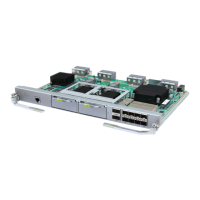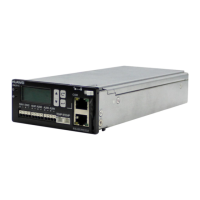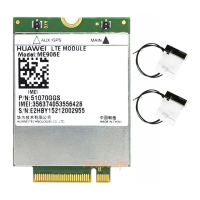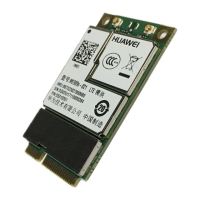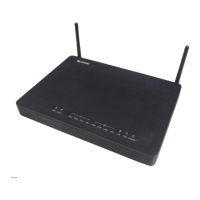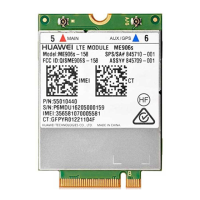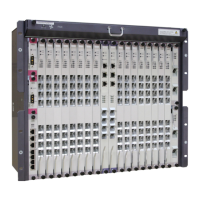UPS5000-E-(50 kVA-300 kVA)
User Manual (50 kVA Power Modules)
Huawei Proprietary and Confidential
Copyright © Huawei Technologies Co., Ltd.
The UPS is working in normal mode; float charging or hibernation has lasted for 2 hours
after the state of charge (SOC) reaches 100%; and the load ratio fluctuation is less than
10%.
The UPS has generated no battery overtemperature, overvoltage, or overcurrent alarm. No
generator is connected to the UPS.
The mains, batteries, charger, and discharger are normal. No overload alarm is generated.
Procedure
Step 1 On the main screen of the LCD, tap System Info. Tap . The Maintenance screen is
displayed.
Step 2 (Optional) If no user is logged in, enter a user name and a password, and then tap .
For details about default user names, preset passwords, and user rights, see Table 4-5.
If an incorrect password is entered three consecutive times, the account will be logged out for 5
minutes.
Step 3 On the Maintenance screen, tap Battery Maint., as shown in Figure 5-24.
Step 4 Tap Start next to Capacity Test to start a capacity test, as shown in Figure 5-27.
Figure 5-27 Starting a capacity test
Tap Stop next to Capacity Test in any of the following cases:
The battery discharge voltage reaches the end of discharge (EOD) voltage plus 0.01 V.
The load fluctuation exceeds 10%.
An alarm is generated.
When the battery discharge voltage reaches the EOD voltage plus 0.01 V, the test is complete. The test
data is used as capacity test data. Save the capacity test data record with the largest discharge capacity in
a month as the capacity test data for the month. A maximum of recent 36 capacity test records can be
saved.
----End

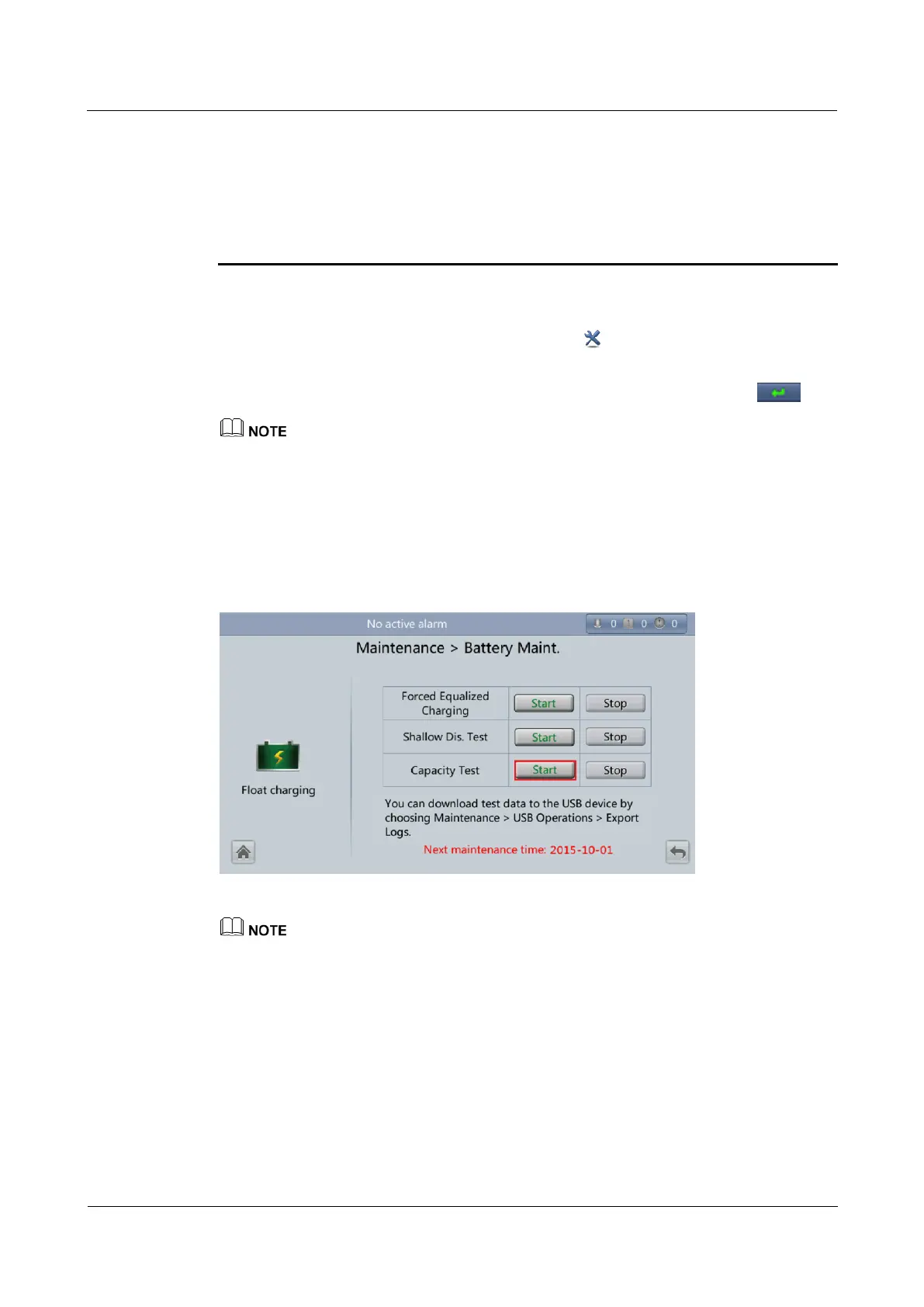